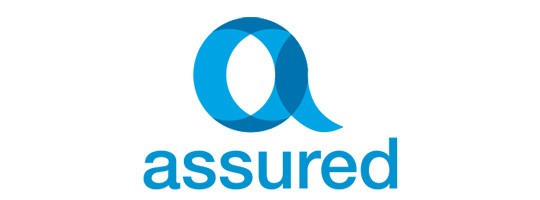A different approach to get out of debt and one that I personally love.
If you have multiple debts most financial advisers will say to pay off the one with the highest interest rate first and move down your list. Saving money wise this makes perfect sense as the debt with the highest interest rate will be costing you the most amount of money. You may have tried this but become further spiraled in debt, losing faith in the fact that you will eventually pay them all off.
How To Get Out Of Debt Using The Debt Snowball Method
The debt snowball plan
Financial author Dave Ramsay suggests a different approach called the Debt Snowball Plan. His approach premises that we should be paying off the debt with the smallest figure first and then tackle the next smallest and so on. The Debt Snowball Plan is based in his belief that “Personal Finance is 20% knowledge and 80% behaviour”.
Steps in the debt snowball plan
The first step in Dave Ramsay’s plan is to build up a $1000 emergency cash fund in case anything goes wrong and you need some quick cash to access. He then recommends you list all debts (except your house) from the smallest balance to the largest. Always pay the minimum repayment amounts on all debts but on your smallest one throw as much extra cash as you can. Because this debt is the smallest, it will be paid off fastest which will give you a sense of positive reward. Gaining quick feedback and see results is more likely to keep you on track with your debt reduction plan.
Where does the snowball come in?
To keep momentum going as you cross off a debt, cumulate all the payments that you were making to the debts which are gone and add it to the next lowest one. This is what Ramsay calls the New Payment and will ensure you are paying off those debts quickly. This is where the snowball comes in because you are rolling on each payment to the next highest debt as the lower one gets paid off.
What to do about upcoming expenses?
Another part of the Debt Snowball plan is making sure you do not take on more debts whilst you are paying them off. If you know that you will have a large upcoming expense such as expecting a child Ramsay recommends pausing your snowball payoff plan for a short time and saving money. You should still continue with making minimum repayments, but having the savings in place to pay for whatever it is will mean you do not have to take on more debt. You can pick up your plan once this expense is out of the way and any leftovers from the savings should be put straight back onto the next lowest debt.
Does the debt snowball method work?
So does it work? If you want to add it up you probably will end up paying more in the long run. But researchers at Northwestern University found that those who used this approach were more likely to pay off their debt. The system is effective because it ultimately aims to change our behaviour. Seeing quick wins motivates us to continue the behaviour of eliminating our debts.
If you have continuously tried to pay off your mounting debts without success, this might be a worthwhile approach to try. Debts can have a dilapidating effect on our mental health and quality of life so the sooner you can get out of its hold, the better off you can be.
Happy Saving!
Source: savings guide.com.au
